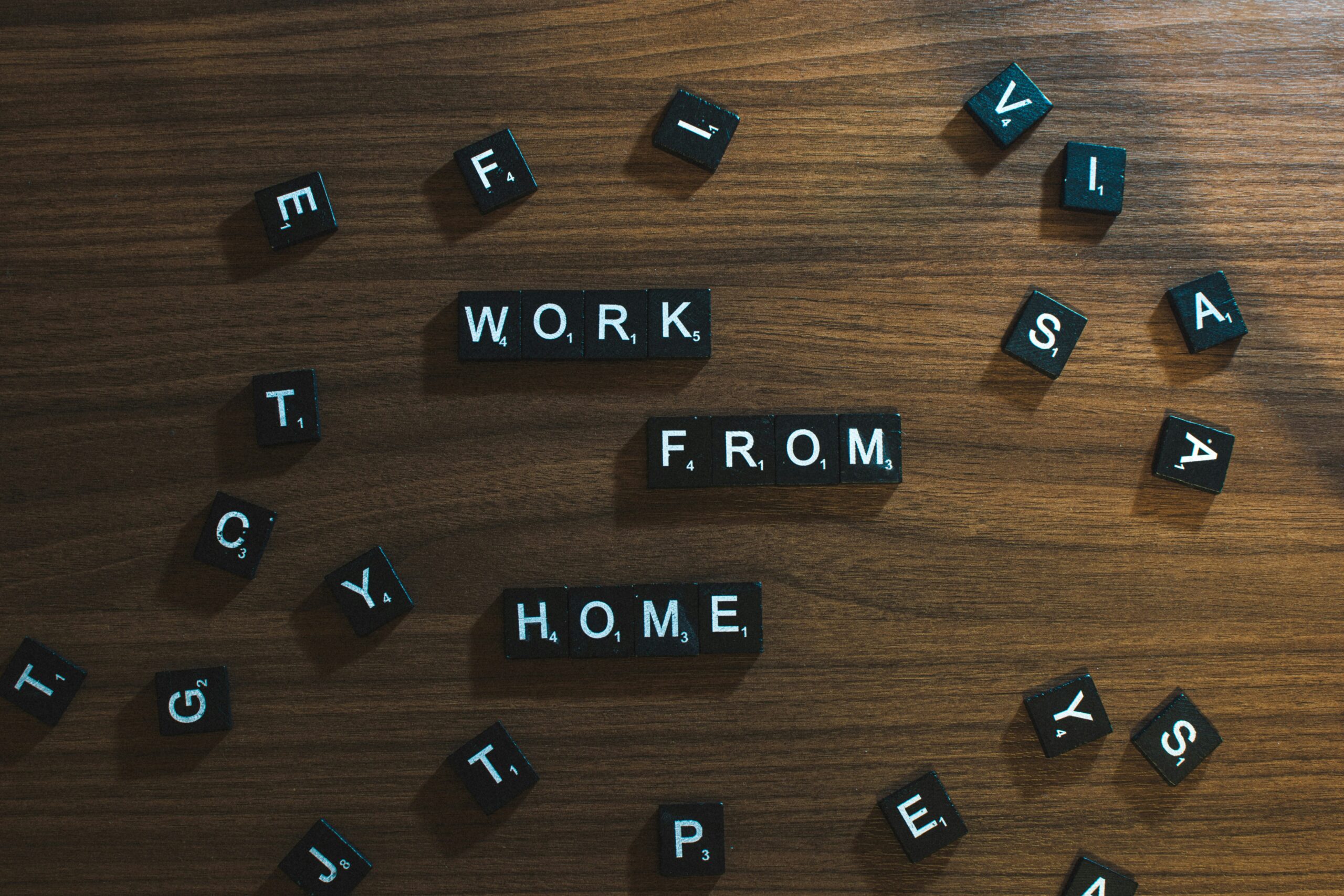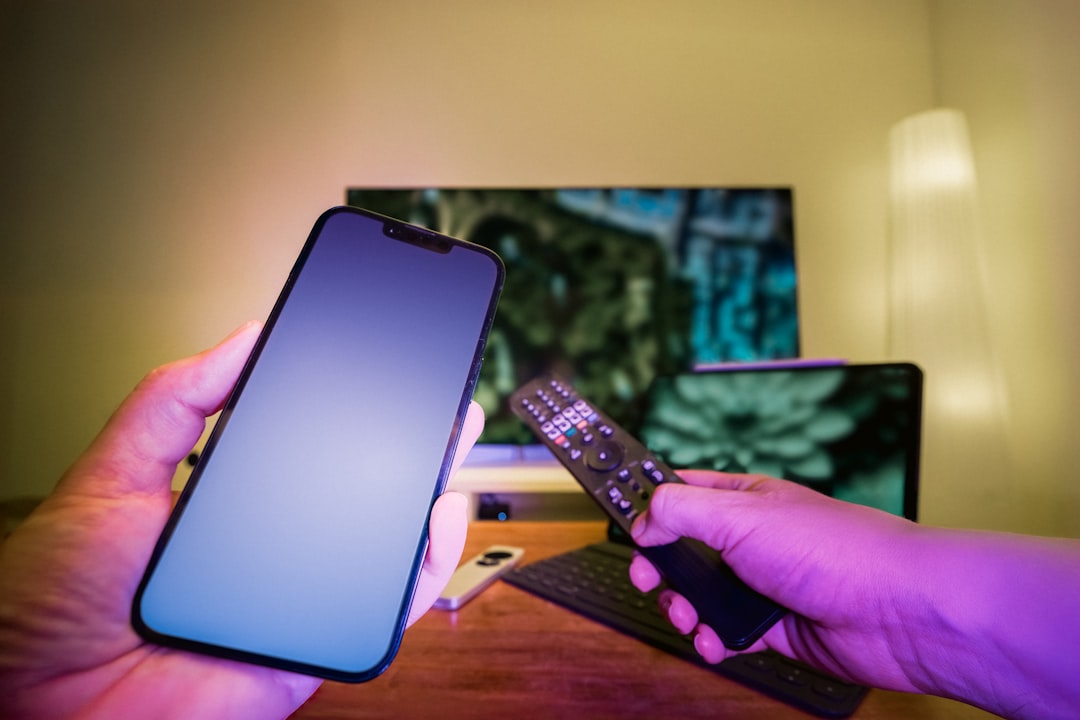
Working from home sounds like a dream—no commute, no dress code, and complete control over your schedule. But the reality is often far less glamorous. Productivity can tank, distractions multiply, and boundaries blur between work and life. In this guide, we’ll explore the most common work from home mistakes that sabotage your focus and performance—and more importantly, how to fix them.
The Myth of Unlimited Flexibility
One of the biggest appeals of working from home is flexibility. You can start your day late, take long lunches, or even work in your pajamas. But too much flexibility is often the first mistake remote workers make.
Without structure, your workday begins to stretch. A task that would normally take 30 minutes in an office can balloon into an hour or more when interrupted by home distractions. And suddenly, your workday bleeds into your evening and weekends.
Fix: Build structure into your day. Set clear working hours and stick to them. Treat remote work with the same discipline as an in-office job. Use calendar blocks to schedule deep work and break times. Consider adopting time-blocking or using a digital planner like Notion or Sunsama to keep your day segmented and focused.
The key is consistency. Without it, flexibility becomes chaos.
Turning Home Into a Distraction Zone

When you work from home, your environment matters more than ever. Many remote workers don’t invest in a dedicated workspace and end up working from the kitchen counter, couch, or even bed. This not only affects posture and ergonomics but blurs the lines between productivity and rest.
Beyond physical setup, digital distractions can be just as damaging. Without coworkers nearby, there’s no subtle pressure to stay focused. It becomes all too easy to check your phone, watch a YouTube video, or start a load of laundry.
And then there are the non-work tasks that creep into your workday—washing dishes, walking the dog, even running errands. You justify them because you’re home, but over time, they chip away at your productivity.
Fix: Create a work-only zone in your home—even if it’s a corner of a room. Turn off notifications. Use focus apps like Freedom or Cold Turkey to block time-wasting sites. Treat your workspace like a mini office. Consider noise-canceling headphones if you share your home with others, and make a house rule: when the headphones are on, you’re in work mode.
Underestimating the Need for Boundaries
Many remote workers fall into the trap of always being “available.” Because there’s no clear end to the workday, emails get answered at 9 p.m., Slack pings get responded to during dinner, and time off feels like a myth.
This constant availability leads to burnout. It also makes it harder for colleagues, clients, and even family members to respect your work-life balance. Over time, this lack of boundaries doesn’t just impact your productivity—it impacts your relationships, sleep, and mental health.
Fix: Communicate your working hours clearly to your team. Set auto-responders outside those hours. Use separate tools or accounts for work and personal communication. Protect your time like it’s your most valuable resource—because it is. Invest in tools like Google Calendar or Clockwise to set hard stops on your day.
Create evening shutdown rituals to help you mentally disconnect. Shut the laptop, turn off the lights in your work area, and physically leave the space. Even if you’re just walking ten feet away, that act matters.
Skipping Rituals That Signal Start and Stop

One of the more overlooked work from home mistakes is losing the daily rituals that help you mentally shift into and out of work mode. Commuting, grabbing coffee, or even walking into a different building created a natural separation between personal and professional life.
Working from home can erase these cues. Suddenly, you roll out of bed and go straight into Zoom meetings. Or worse, you never really stop working.
Without rituals, your brain doesn’t know when it’s “on” or “off.” You stay in a kind of low-effort limbo that drains your energy.
Fix: Create rituals that act as a psychological commute. That might mean putting on real clothes (yes, even at home), going for a short walk before and after work, or journaling to start and end your day. These rituals create powerful mental boundaries.
You might also create themed days—Monday for meetings, Wednesday for creative work, Friday for reviews and planning. These patterns give your brain something familiar to latch onto, helping you shift gears more easily.
Working in Isolation

Remote work can be lonely. It lacks the spontaneous interactions and social connections that happen naturally in an office. While this may seem like a small issue, over time it can affect your mood, creativity, and sense of purpose.
Many remote workers don’t realize how important casual workplace connections are until they’re gone. And isolation often leads to overworking, because you compensate by staying “busy.”
Even introverts, who might initially thrive in solo work environments, eventually start to feel the drain of working in a vacuum.
Fix: Build connection intentionally. Schedule virtual coffee chats. Join coworking communities or mastermind groups. If possible, work from a coffee shop or shared space a few times a week. Don’t let remote work mean working alone.
Tools like Slack groups, Zoom hangouts, or apps like Donut (which randomly pairs coworkers for casual chats) can recreate some of the social glue from office life. You can also start or join small industry groups with weekly check-ins for accountability and camaraderie.
Treating Every Day the Same
When your commute is 30 seconds and your calendar looks the same every day, monotony sets in. You stop experimenting. You lose track of which tasks are high-leverage and which ones are just busywork. Everything starts to blur together.
This is one of the sneakier work from home mistakes—one that leads to stagnation, boredom, and declining output.
Routines are important, but sameness can become a trap. When every day feels like the one before it, burnout creeps in—not from overwork, but from lack of stimulation.
Fix: Introduce variety and intention. Batch creative work on certain days and admin tasks on others. Set weekly themes or goals. Challenge yourself with new routines or environments. And once a month, reflect on what’s working—and what isn’t.
Here’s a simple weekly format that helps break the monotony:
- Monday: Plan and prioritize
- Tuesday: Focused execution (deep work)
- Wednesday: Collaboration and meetings
- Thursday: Strategy and creative tasks
- Friday: Review and reflect
When you treat your week like a mini-campaign instead of a treadmill, everything starts to feel more purposeful.
Work From Home In Peace
Remote work offers freedom—but only if you build the systems that support it. By avoiding these common work from home mistakes, you can stay focused, energized, and in control of your time. The trick is being intentional. Build your days instead of drifting through them. Remote work isn’t just about location—it’s about taking ownership of how you work.
Stay structured. Stay connected. Stay human. That’s how you win from home.
Frequently Asked Questions
What’s the biggest mistake remote workers make?
Not creating boundaries. Without them, work invades your life and drains your energy.
Can I be productive without a home office?
Yes—but you need a consistent space dedicated to work, even if it’s small.
How do I avoid burnout working from home?
Set office hours, take real breaks, and shut down at the end of the day. Your mind needs closure.
Is working from home actually more productive?
It can be—but only if you avoid distractions and structure your time well.
How do I stay connected while working remotely?
Proactively schedule calls, join virtual groups, and mix in social routines during the week.

